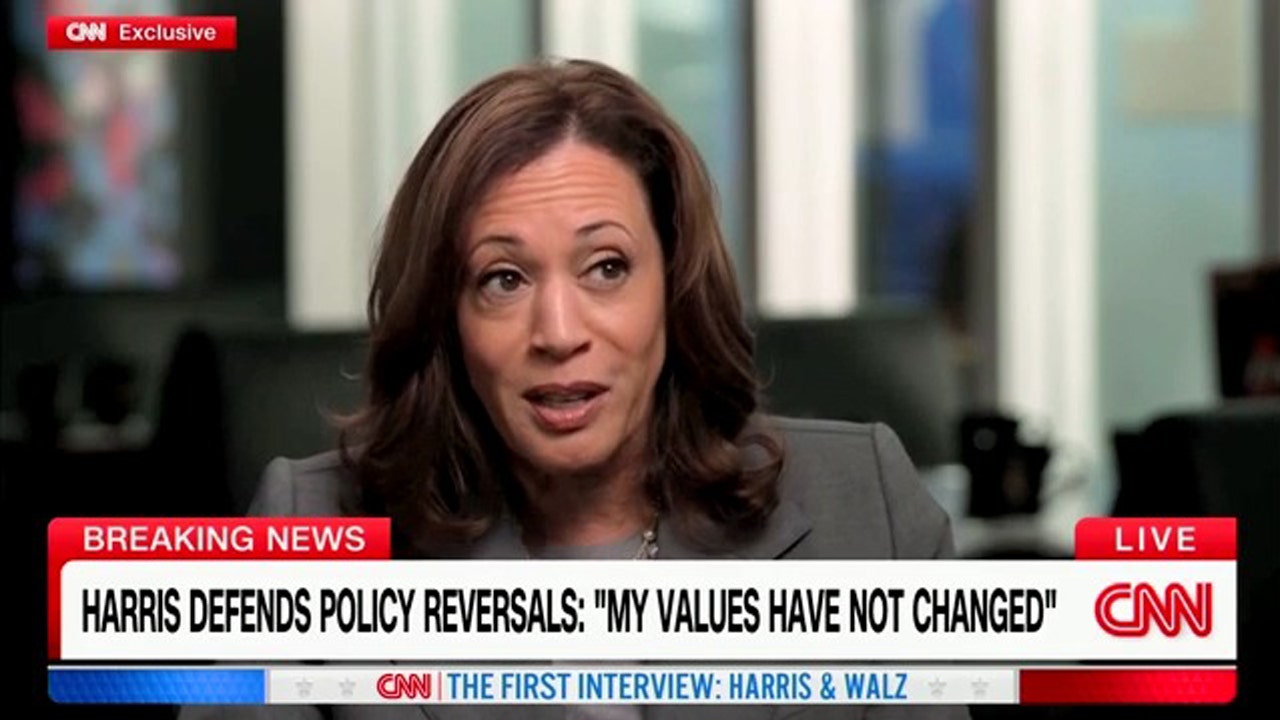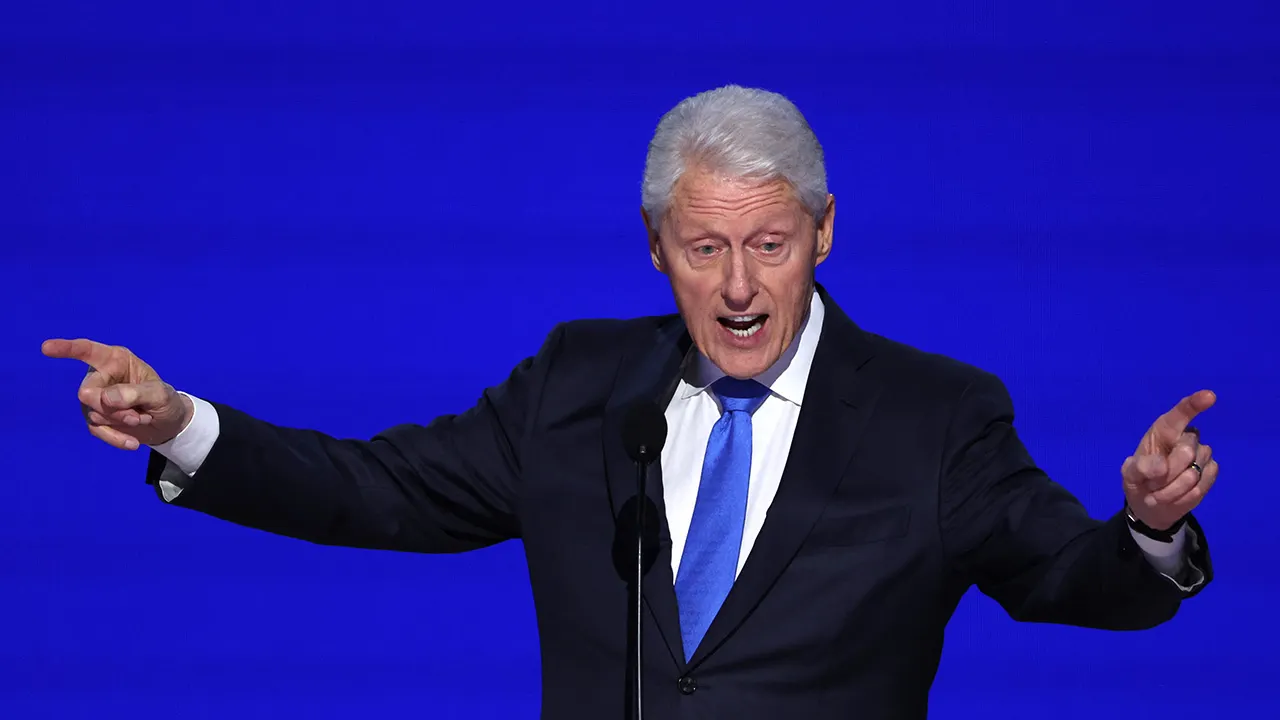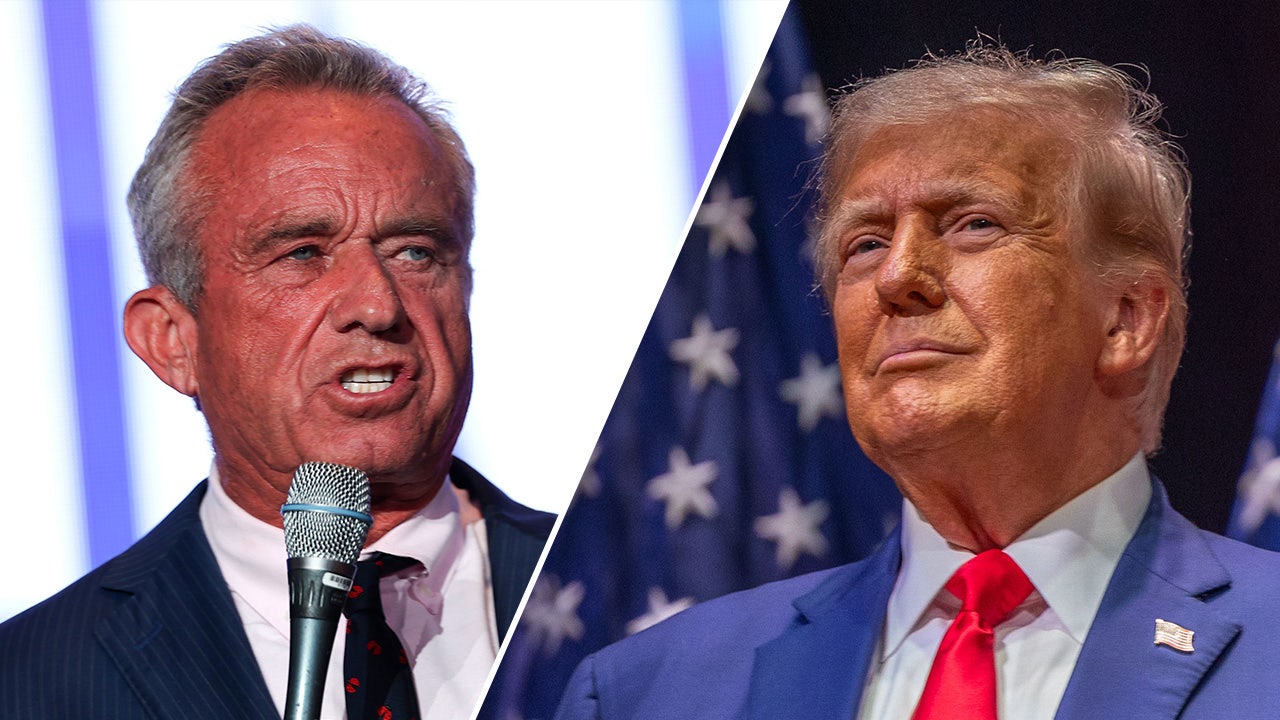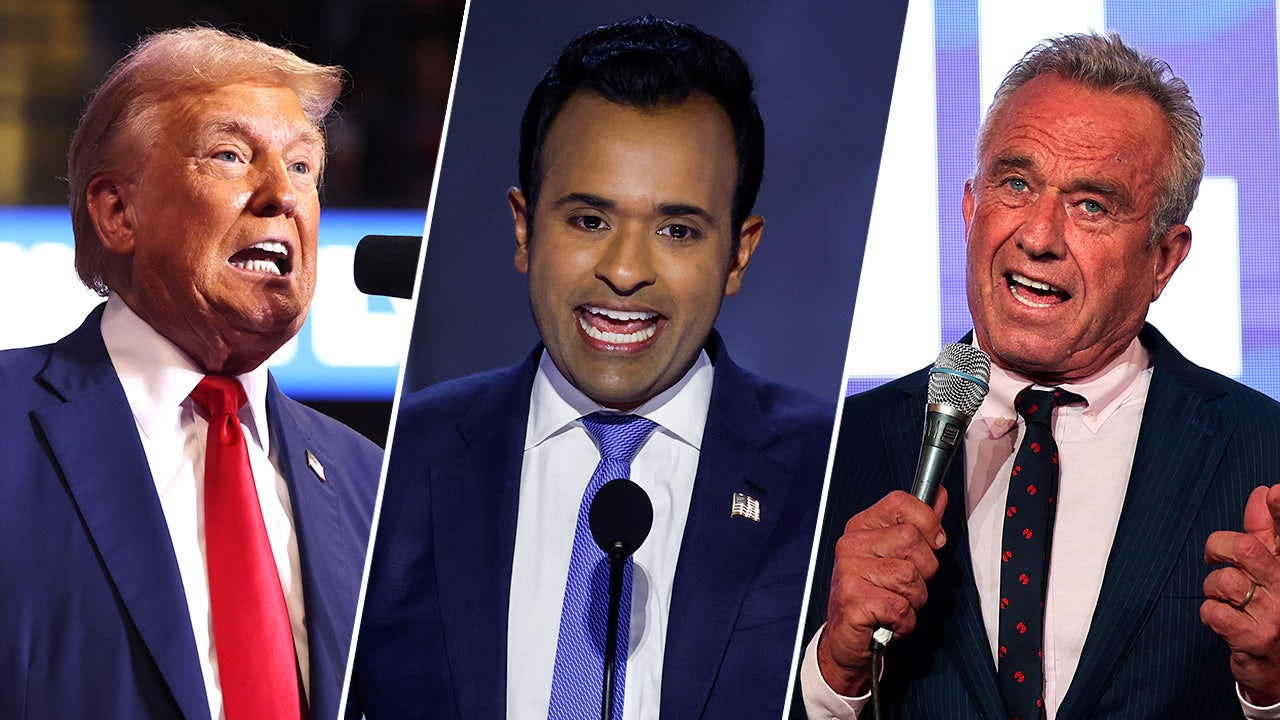The US oil industry and Republicans are demanding Kamala Harris clarify her energy and climate policy, as the Democratic candidate tries to please her progressive base without alienating voters in shale areas like Pennsylvania, a crucial swing state.
On Thursday, the vice-president said she no longer supported a ban on fracking, the technology that unleashed the shale revolution. But Harris’s reversal has not quelled attacks from Donald Trump or US executives that she would damage the country’s oil and gas sector.
The heads of the US’s two biggest oil lobby groups said the Democratic candidate must also say whether she would keep or end a pause on federal approvals for new liquefied natural gas plants, and whether she supported curbs on drilling imposed by the Biden administration.
“Based on what we know of her past positions, the bills that she has sponsored, and her past statements she’s taken a pretty aggressively anti-energy and anti-oil and gas industry stand,” said Anne Bradbury, head of the American Exploration and Production Council.
“These are significant and major policy questions that impact every American family and business, and which voters deserve to understand better when making their choice in November,” she said.
Mike Sommers, chief executive of the American Petroleum Institute, Big Oil’s most powerful lobby group, said Harris should say whether she would stick with Biden administration policies that had unleashed “a regulatory onslaught the likes of which this industry has never seen”.
Trump, the Republican candidate, has accused Harris of plotting a “war on American energy” and has repeatedly blamed her and President Joe Biden for high fuel costs in recent years.
On Thursday, he vowed to scrap Biden administration policies that “distort energy markets”. The former president has called climate change a hoax and his advisers have said he would gut Biden’s signature climate legislation, the Inflation Reduction Act.
The debate over Harris’s energy policy comes as she and Trump court blue-collar workers in Pennsylvania, a huge shale gas producer that employs 72,000 workers — a potentially decisive voting group in a state Biden won narrowly in 2020.
Harris said in 2019 that she supported a fracking ban but told CNN on Thursday she had ditched that position and the US could have “a thriving clean energy economy without banning fracking”.
US oil and gas production has reached a record high under Biden, even as clean energy capacity has expanded rapidly.
But gas executives in particular have been alarmed at a federal pause on building new LNG export plants, which supply customers from Europe to Asia, saying the policy will stymie further US shale output.
Toby Rice, chief executive of Pennsylvania-based EQT, the US’s largest natural gas producer, said Harris should lift the restrictions, which he argued would compromise energy security.
“Ignoring her anti-fracking statement four years ago for a second, can we talk about the recent LNG Pause that was put in place this year?”, he said. “This is a policy that has received massive criticism from all sides — our allies, industry and environmental champions . . . a step backwards for climate and American energy security.”
While Biden put climate at the centre of his and Harris’s 2020 White House campaign, Harris has been largely silent, and made only a passing reference to climate change in her speech at the Democratic convention.
“It looks like the Harris campaign has concluded that it’s safer to avoid antagonising producers or climate activists by skirting these issues entirely,” said Kevin Book, managing director of ClearView Energy Partners.
Climate-focused voters are less vexed than energy executives by the lack of explicit policy from Harris.
“Let’s be clear: the most important climate policy right now is defeating Donald Trump in November,” said Cassidy DiPaola of Fossil Free Media, a non-profit organisation. “All the wonky policy details in the world won’t matter if climate deniers control the White House.”
Last week the political arms of the League of Conservation Voters, Climate Power and the Environmental Defense Fund unveiled a $55mn advertising campaign backing Harris in swing states, focused on economic rather than climate issues.
In contrast, Trump has courted oil bosses who are backing his pledge to slash regulation and scrap clean energy subsidies. His campaign received nearly $14mn from the industry in June, according to OpenSecrets, almost double his oil haul in May.
Additional reporting by Sam Learner
Climate Capital
Where climate change meets business, markets and politics. Explore the FT’s coverage here.
Are you curious about the FT’s environmental sustainability commitments? Find out more about our science-based targets here
































